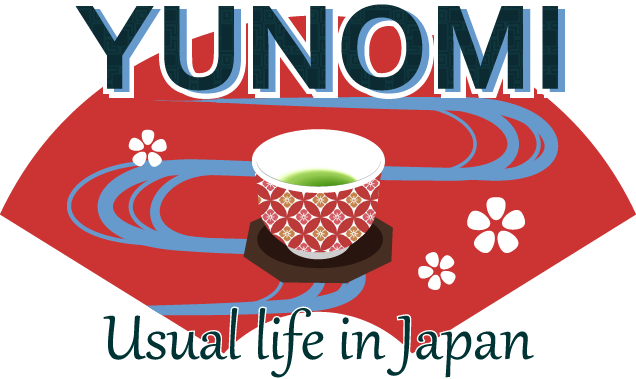Understanding chopstick etiquette is essential for respecting Japanese culture and ensuring a pleasant dining experience.
In Japan, using chopsticks correctly goes beyond basic manners—it reflects your awareness, upbringing, and respect toward others at the table.
Here are 13 common chopstick taboos, known as “kiraibashi”, that adults should be especially mindful of.
1. Reversing Chopsticks (Kaeshi-bashi)
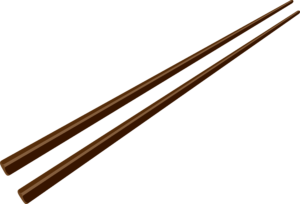
When serving from a shared dish, some people reverse their chopsticks to avoid using the end that touched their mouth.
However, this means using the part your hands touched, which is unhygienic. Additionally, the now-soiled tips are used again to eat, which looks unpleasant and impolite.
Tip: Use serving chopsticks instead.
2. Holding Chopsticks in Your Mouth (Kuwae-bashi)
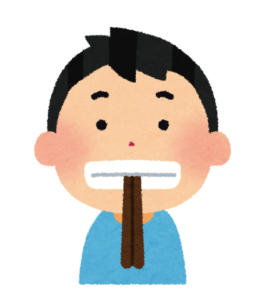
Holding chopsticks in your mouth while doing other tasks is childish and improper.
Tip: Always set them on a rest when not in use.
3. Drumming Chopsticks (Tataki-bashi)
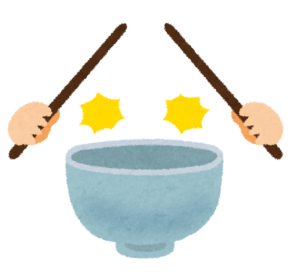
Drumming chopsticks on dishes or tables is rude and can be seen as disrespectful to the meal. According to Japanese folklore, this action may attract “hungry ghosts,” bringing bad luck. While adults usually refrain from this, it might occur when drinking.
Tip: Place chopsticks on a rest to avoid the temptation to drum.
4. Wandering Chopsticks (Mayoi-bashi)
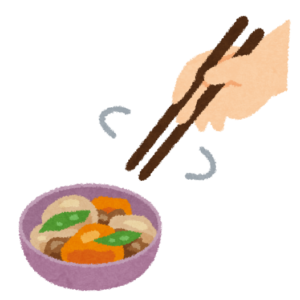
Japanese meals often include multiple small dishes, which makes it tempting to hover your chopsticks indecisively. However, it’s best to decide in your mind before moving your chopsticks.
This shows respect for the meal and keeps dining smooth and pleasant.
Tip: Decide on your choice before picking up your chopsticks.
5. Dripping Chopsticks (Namida-bashi)
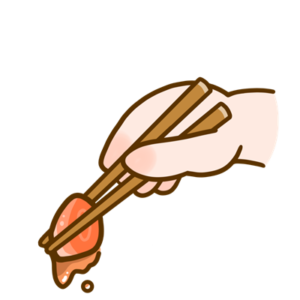
Letting sauce or soup drip from chopsticks is messy and off-putting.
Tip: Drain excess liquid in a small dish before eating.
6. Stabbing Food (Sashi-bashi)
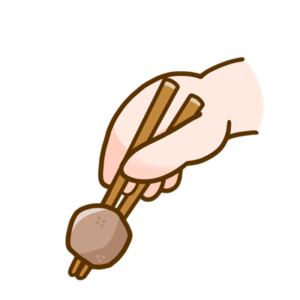
Sticking chopsticks into food is considered disrespectful to both the food and the chef.
Tip: Gently pick up food instead.
7. Passing Food with Chopsticks (Hashi-watashi)
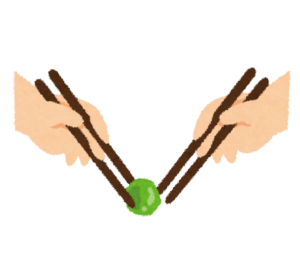
Passing food directly from one person’s chopsticks to another’s resembles a funeral ritual in Japan, where family members pass the bones of the deceased using chopsticks.
This act is highly inappropriate in any dining setting.
Tip: Use a small plate to transfer food.
8. Licking Chopsticks (Neburi-bashi)

Licking chopsticks is unhygienic and can make others uncomfortable.
Tip: Set them down when not in use.
9. Pulling Dishes with Chopsticks (Yose-bashi)
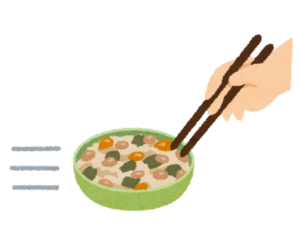
Using chopsticks to pull dishes closer to you is seen as lazy and improper.
Tip: Move dishes with your hands instead.
10. Standing Chopsticks Upright (Tate-bashi)
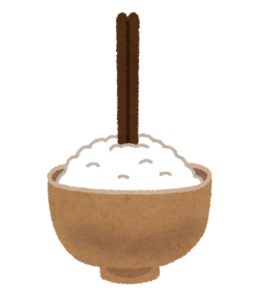
Sticking chopsticks upright in a bowl of rice is reserved for funerals as an offering to the deceased, making it a deeply disrespectful act during a meal.
Tip: Lay chopsticks flat across the bowl or on a rest.
11. Digging with Chopsticks (Saguri-bashi)
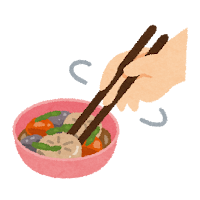
Rummaging through dishes with chopsticks is considered disrespectful to the meal and to other diners.
Tip: Take what’s on top and easily accessible.
12. Gripping Chopsticks in a Fist (Nigiri-bashi)
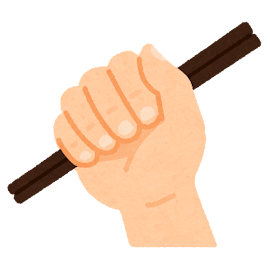
Holding chopsticks like a weapon looks aggressive and unrefined.
Tip: Hold chopsticks gracefully and gently.
13. Holding Chopsticks While Doing Other Tasks (Mochi-bashi)
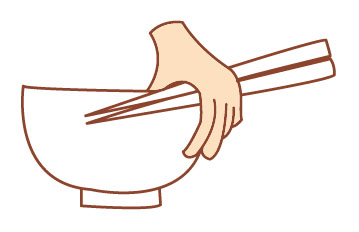
Holding chopsticks while reaching for other items or gesturing is considered bad manners.
Tip: Set them down before multitasking.
Conclusion
By avoiding these common taboos, you not only show respect for Japanese culture but also make dining more enjoyable for everyone.
Chopstick etiquette isn’t just about rules—it’s about mindfulness, respect, and appreciation for the traditions behind each action.
